싱크대는 싱크 림과 그릇으로 구성됩니다. 싱크 림은 무게를 지탱할 책임이 있으며 그릇은 물건을로드하는 곳입니다.
수제 싱크 싱크 조합 방법에 따르면, 두 가지 다른 제조 공정이 있습니다 : 하중 부유 용접 및 비로드 베어링 용접 방법.
비로드 베어링 용접 방법
두 부분의 조합
이 용접 방법은 싱크 림과 유역의 조합입니다. 모든 싱크 그릇은 처음에 잘라 내고 모든 주변의 용접에 의해 형성되었습니다.
이런 종류의 분지와 림은 별도의 재료입니다. 재료의 두 부분이 함께 용접되고 용접 자국은 완성되어 완성 된 싱크를 형성합니다.
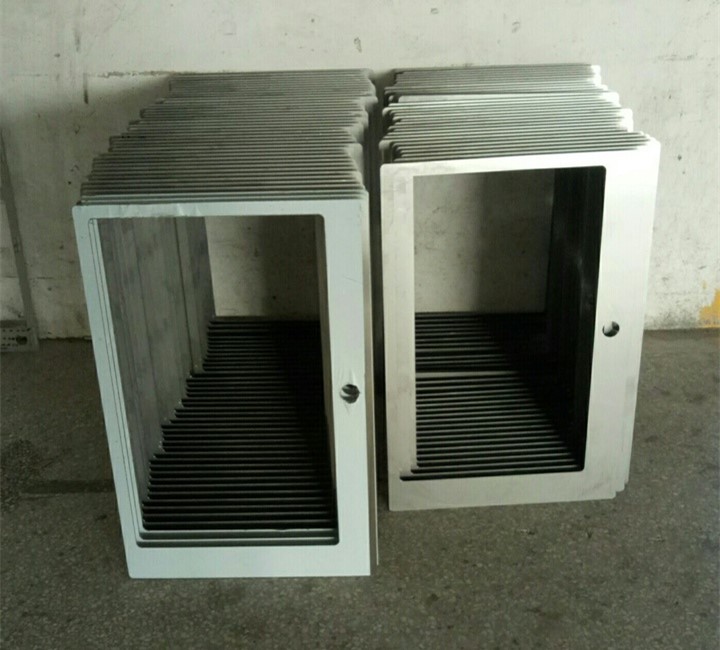

용접 위치 분석
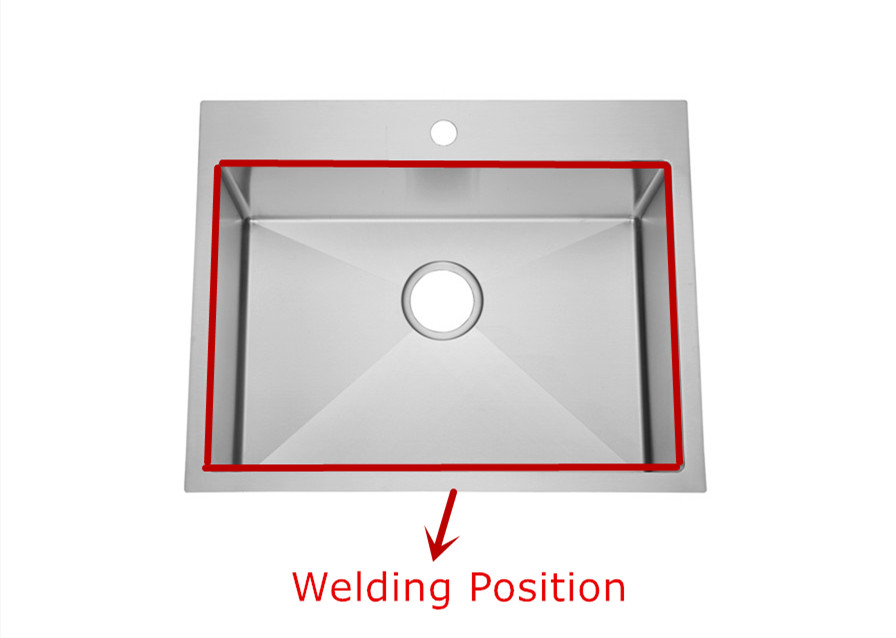
단점
이 싱크대는 패널과 그릇의 조합입니다. 따라서로드 베어링 용량은 상대적으로 약하며 상당한 결함의 위험을 감수합니다. 이러한 결함에는 균열 및 블라스트 용접이 포함됩니다. 오랫동안 사용하면 싱크 그릇이 떨어질 수도 있습니다.
용접은 강력한 연결 방법이지만 연결 영역은 작습니다. 따라서이 방법은 안전한 방법이 아닙니다. 예를 들어 4mm 스테인리스 스틸과 같은 두꺼운 재료의 경우 에도이 옵션은 불가능합니다. 재료의 두께에 관한 것이 아닙니다. 이것은 사용되는 용접 방법입니다.
코너 용접을 보자.
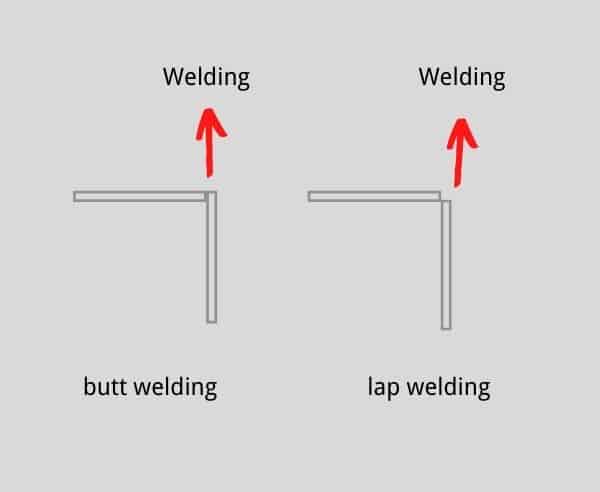
왼쪽에는 두 조각의 재료에 플러시 인터페이스가 있기 때문에 엉덩이 용접이 보입니다. 재료를 함께 용접 할 때 연결 표면의 하나의 층 만 녹습니다.
그 후, 모서리가 연마됩니다.
오른쪽에는 랩 용접이 있습니다. 우리는 재료가 겹치고 있다는 사진을 보면서 이해할 수 있으며, 용접은 재료의 가장자리에서 이루어집니다.
용접이 완료된 후에는 용접 위치가 연마되고 깨지기 쉬워집니다.

따라서, 부하를 부유하지 않는 용접 싱크대의 경우, 패널과 분지의 관절을 사용한 후에 분쇄합니다. 또한, 연마는 재료의 표면을 계속 얇게하여 재료가 시간의 시험을 견딜 수 없게 만듭니다.
이들은 과정의 숨겨진 결함 중 일부입니다. 소비자가 아닌 제조업체는이 프로세스의 이점 만 즐길 수 있습니다.
스테인레스 스틸은 레이저 사용으로 인해 많은 굽힘과 모서리를 절약합니다. 또한이 프로세스는 많은 재료를 절약 할 수 있으며 손쉬운 것도 아닙니다.
부하 용접 방법
적분 굽힘 용접 공정
위의 그림에서 볼 수 있듯이 싱크 림과 분지는 재료 조각에서 절단됩니다. 별개가 아닌 원피스입니다. 또한 용접 위치는 코너 위치의 작은 부분입니다. 전체 패널 용접 냄비가 아닙니다.
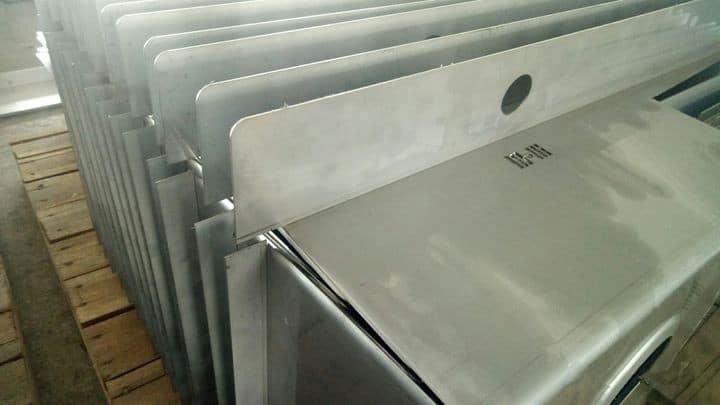
용접 위치 분석
표준 적색 색상의 짧은 라인은 용접에 사용되는 용접 경로입니다. 녹색 선은 싱크대와 패널이 용접없이 연결된 위치를 나타냅니다.
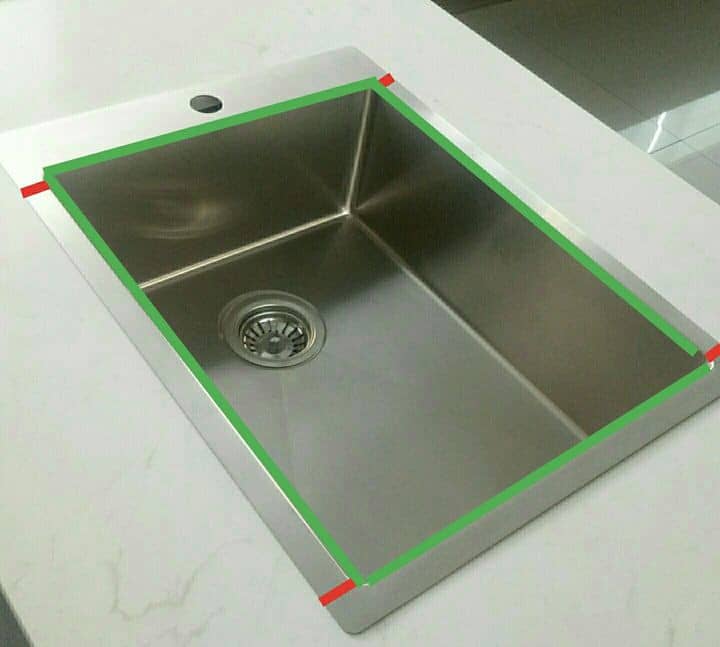
적분 굽힘은 싱크의 몸 자체입니다. 재료가 레이저 절단되면 그릇과 패널은 더 이상 두 개의 다른 재료가 아닙니다. 그것들은 동일한 재료로 형성됩니다. 싱크의로드 베어링 용량은 싱크대 측면의 연결 강도에 의존합니다.
그러나이 위치는 일반적으로 단단하며 싱크대는 떨어지지 않을 것입니다.
표면에 용접이 없으므로 하중 기반 성능이 더 보장됩니다.
단점
이 용접 방법의 가장 중요한 단점 중 하나는 더 많은 재료를 소비한다는 것입니다. 우리는 아래 그림을 볼 수 있습니다. 재료 절단은 교차입니다. 더 이상 나머지 재료를 사용할 수 없습니다. 많은 재료가 낭비되었음을 알 수 있습니다.
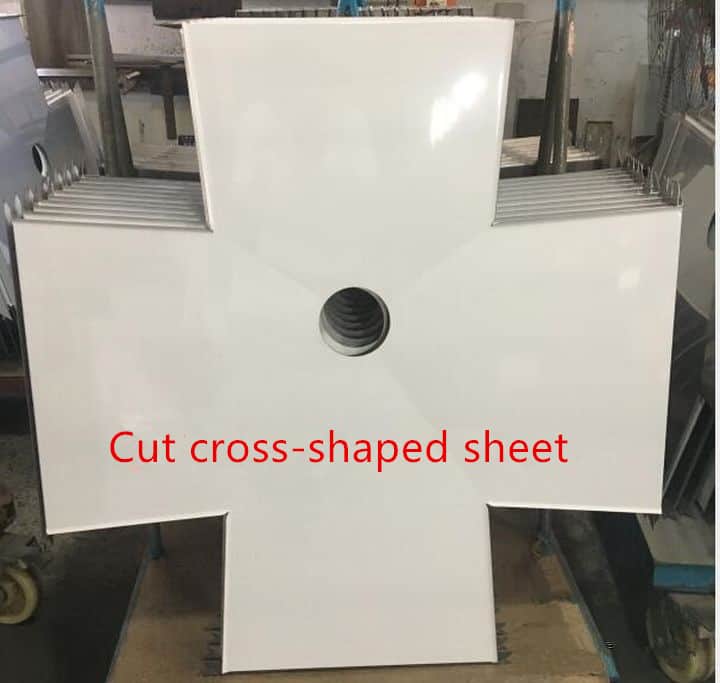
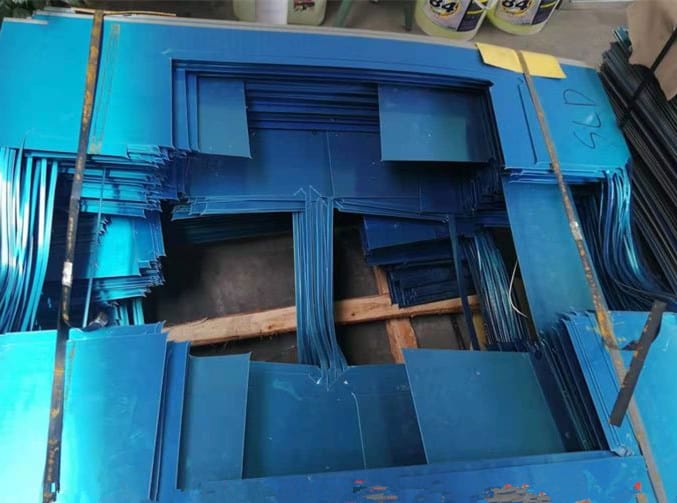
이 두 프로세스를 구별하는 방법
뒤에서 관찰
가능하면 싱크 림의 뒷면을보십시오.
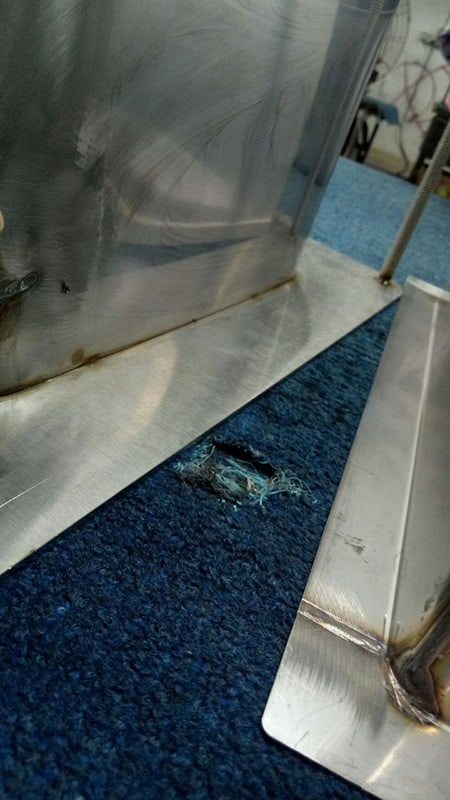
위의 그림에서 왼쪽에서, 우리는 부하를 함유하지 않는 싱크를 볼 수 있습니다. 싱크 가장자리는 노란색이며 용접 회로입니다.
오른쪽에는로드 베어링 싱크가 있습니다. 우리는 싱크 림과 분지 사이의 연결이 길고 밝은 굽힘 부분임을 알 수 있습니다. 이것은이 위치가 용접 공정이 아니라 굽힘 과정임을 보여줍니다. 그리고 짧은 줄은 단지 용접 트레이스입니다.
정면에서 관찰되었습니다
반응 방지 코팅이 뒷면을 덮으면 전면과 구별하십시오.
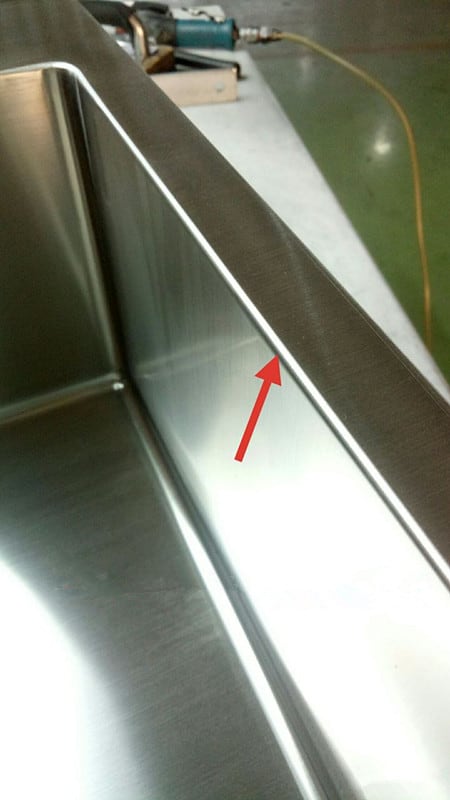
하중-함유 용접은 강철이 구부러지는 동안 자연스러운 전환이 있습니다. 특정 아크가 있습니다.
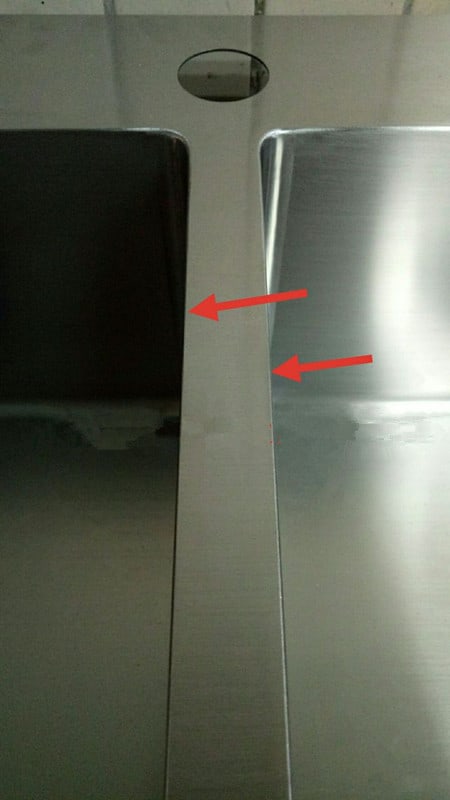
비로드 베어링 용접 싱크는 용접 위치가 있지만 연마 후에도 전환에 작은 아크가 있습니다.
제조 공정으로 구별됩니다
두 제조 공정 간의 차이를 분석 한 것처럼, 비로드 베어링 용접 싱크는 두 개의 다른 강철 시트를 사용합니다. 하중 부유 용접 방법은 전체 재료를 사용합니다.
제조업체로부터 빠르게 정보를 얻을 수 있습니다.
싱크대의 림과 분지의 두께가 같은 것이라고 가정하십시오. 즉,이 싱크의 99%가 하중 부유 용접 방법에 의해 제조됩니다.
결론
소비자로서, 당신은 당신에게 무엇을 판매하고 있는지, 그것이 가치를 제공 할 것인지 알아야합니다.
이 기사가 결정을 내리는 데 도움이 되었기를 바랍니다.
행운을 빌어요!









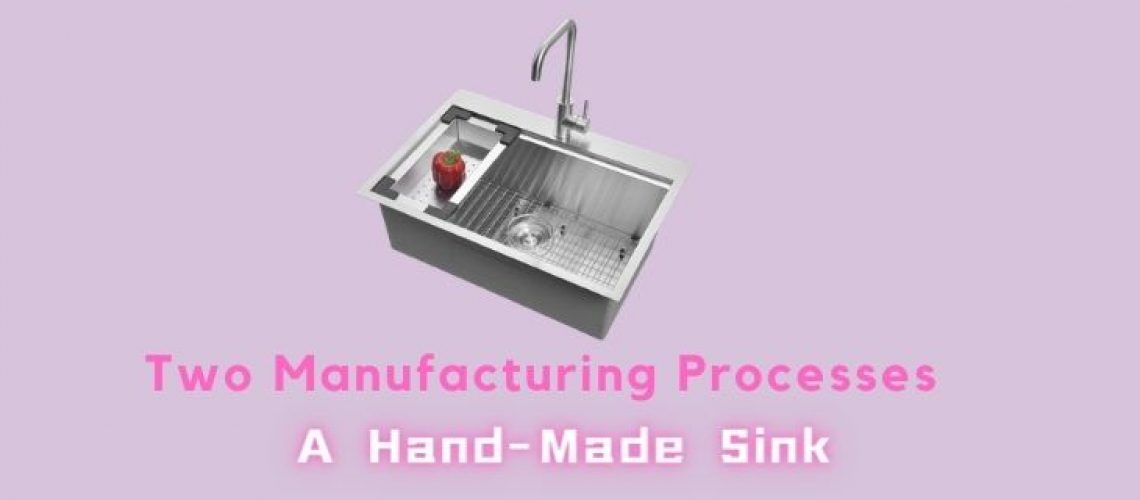

2 "에 대한 생각손으로 만든 싱크대의 두 가지 제조 공정”
기부 버튼이없는 것은 유감입니다! 의심 할 여지 없이이 환상적인 것에 기부했습니다
블로우!
지금은 책 마킹에 정착하고 RSS 피드를 추가 할 것이라고 생각합니다.
내 Google 계정에.
나는 새로운 업데이트를 기대 하고이 웹 사이트를 공유 할 것입니다.
~와 함께
내 페이스 북 그룹. 곧 채팅!
공유해 주셔서 감사합니다. 기운을 내다!